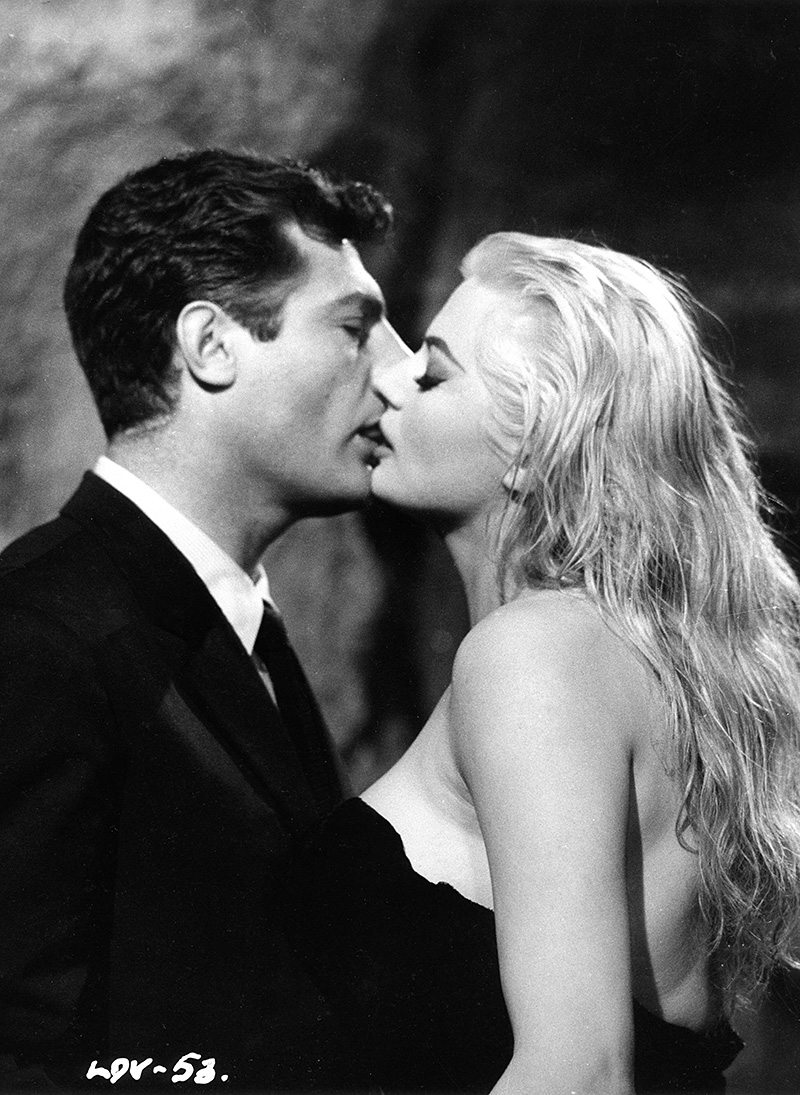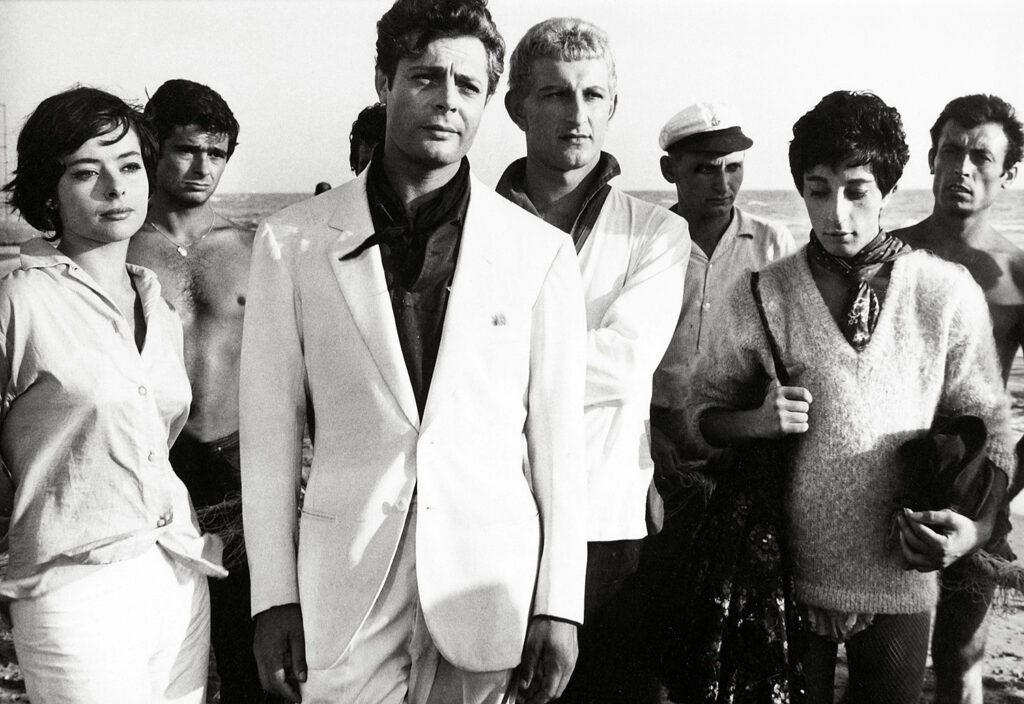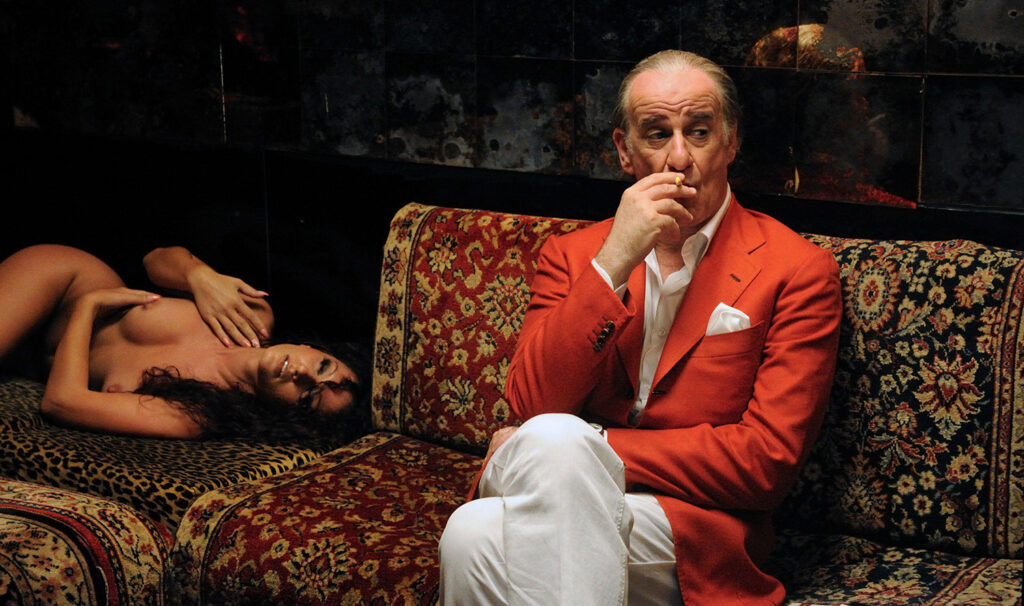FELLINI’S ROME
In our latest editorial series, we've asked our Roman correspondent, Victoria Cece, to guide us on a journey across Italy. With her insights, we'll be traveling through stories, history, and the vivid tableau of Italian life.Our story begins in the eternal city of Rome, seen through the lens of the legendary filmmaker Federico Fellini. Known for his distinctive blend of wonder and reality, Fellini's Rome is a city suspended between the ancient and the modern, the mundane and the magical.
Join us as Victoria unfolds this iconic city's layers and turns the camera toward what makes it so memorable.

LA DOLCE VITA, LA GRANDE BELLEZZA, LA GRANDE CONSUMA

This is not a tale of tragedy but rather a love story
February 5th, 1960 – Federico Fellini’s La Dolce Vita first premieres in an Italy much different than we know today. In the air of a post-WWII rebirth, the cobblestone streets of Rome’s center were vacant enough to dance through. Italy was free of fascism and full of opportunity, and foreign investment flooded Rome. It was a new age of decadence, a new religion of glitz and glam that made the already Eternal City seem even more – well – eternal.
Sixty-four years ago, the iconic actor Marcello Mastroianni danced in these streets under Fellini’s direction in La Dolce Vita as the charming Marcello Rubini, who grooved through a life of unfaltering spectacle. We still get lost in Fellini’s fantastical depiction of Marcello’s Rome – a never-ending love affair of a city filled with food, wine, brevity, and and a dream-like state of wonder. Marcello’s life as a tabloid writer brings him from party to bar to love affair with a latency that had many asking – what’s the point?
One could naturally answer: il dolce far niente.
The world still lives and breathes Fellini’s Rome today. Despite his symbolic lack of satisfaction, we aspire to be Marcello – dapper and darling, slipping in and out of the shadows of the Eternal City’s unmistakable landmarks – Piazza Navona, Castel Sant’Angelo, and of course, the Trevi Fountain. The sweet life – without concerns or responsibilities like Marcello’s, moving from scene to scene as quickly as we swipe from TikTok to Tiktok, reel to reel, Instagram story to story.
In each film scene or IG reel of Italy, Fellini’s imagination lingers on – it’s one of hedonism, contrast, and pursuit of life. Who could forget his famous philosophy on our existence, “Life is a combination of magic and pasta.” But, of course, Fellini was an exacting giovanotto, known for also saying that “it is almost impossible to find really good Parmigiano these days” in Italy.
But that doesn’t mean we throw the pasta out, does it?
There isn’t life without contrast, and there isn’t Rome (or Italy) without the echoes of La Dolce Vita – a film that defined the didactic image of Rome’s endless romanticism for years to come.

The era of great beauty
Fast-forward more than 50 years later, and we see a move from the good life to the great beauty. Paolo Sorrentino’s 2013 film La Grande Bellezza – which some argue to be a 21st-century La Dolce Vita – debuted following another devastating moment in Italy: the late aughts Global Financial Crisis.
While Fellini brought everyone’s gaze to the fantastical economic miracle of Italy, exploiting the lavish Catholic Church with a new-age secular indulgence draped in hedonism – in Sorrentino’s film, we watch as the journalist protagonist Jep Gambardella takes a grandiose two-or-so-hour stroll through the nostalgia of the sweet life.
The reality of Rome has shifted. The great beauty still stands, with more viewers and visitors internationally sinking their teeth into every crisp, golden scene of Sorrentino’s cinematography. So much so that they could become sick or even die of such immense beauty. Yet, behind it all – Jep only sees a great illusion. It begs the question – was the sweet life ever sweet at all?
It’s been over ten years since Sorrentino’s Oscar-winning premiere. Today, the vibrant scenes that Fellini and Sorrentino brought to the cinema have more influence than ever – multiplied through videos gracing smartphones worldwide, produced not by film directors but by us.
La grande consuma – the great consumption
It’s only natural to wonder if we are seeing a death to the La Dolce Vita-esque reality of Rome, with the COVID pandemic, increasing tourism, and the overwhelming TikTok trends shifting the experience and attitude of the city. Iconic monuments are sectioned off, lines mar the best coffee bars, and a plate of pasta is not the same price in Fellini’s (or even Sorrentino’s) time.
However, the scenes of La Grande Bellezza could have been a prophetic nod to how change – no matter who we are or where we are in the world – is inevitable and can’t be ignored. We can never keep things the same; people move, and even monuments change, and that goes on, no matter how many “botox parties” you attend.
This change, though, is a good thing.
Today, we have become the paparazzo – eager to flash photos of any glimpse of beauty we see before us in Rome and beyond. It’s the gift that Fellini left us – we find beauty in the banal, in the little ordinary things that make Italy or life more remarkable: the foam on a morning cappuccino, the chitchat of old friends on a park bench, or the golden light caressing the aging metal façade of Roma Termini train station. We see the fantastical in the less plainly fantastical, attracting not a few filmgoers with our perceptions but millions – through a few clicks on social media.
Rome may no longer be the place it was during Fellini and the 1960s economic miracle. But Fellini’s fantasy is more alive than ever. People globally are channeling the glory in the sweetness of ordinary life.
So, what is the sweet life today? It’s hard to answer. One thing is for sure: this life radiates beyond the Italian peninsula. We observe and share the simplicities of a morning coffee or the anecdotes of our grandmothers. We can even watch La Dolce Vita while indulging in pasta decorated with even the best Parmigiano.
Would Fellini be happy? A question that’s hard to answer. But he’d be happy about the quality of Parmigiano, that’s for sure.
Love this story? We think you will love the author’s playlist to accompany it on the Massican Spotify channel: La Dolce Vita.

From the top:
Image courtesy of Alamy Stock.
Image courtesy of Riama-Pathe-Gray/Astor-AIP.
Image from the film, La Grande Bellazza, courtesy Indigo Films/Alamy.
Image courtesy of the author, Victoria Cece.
